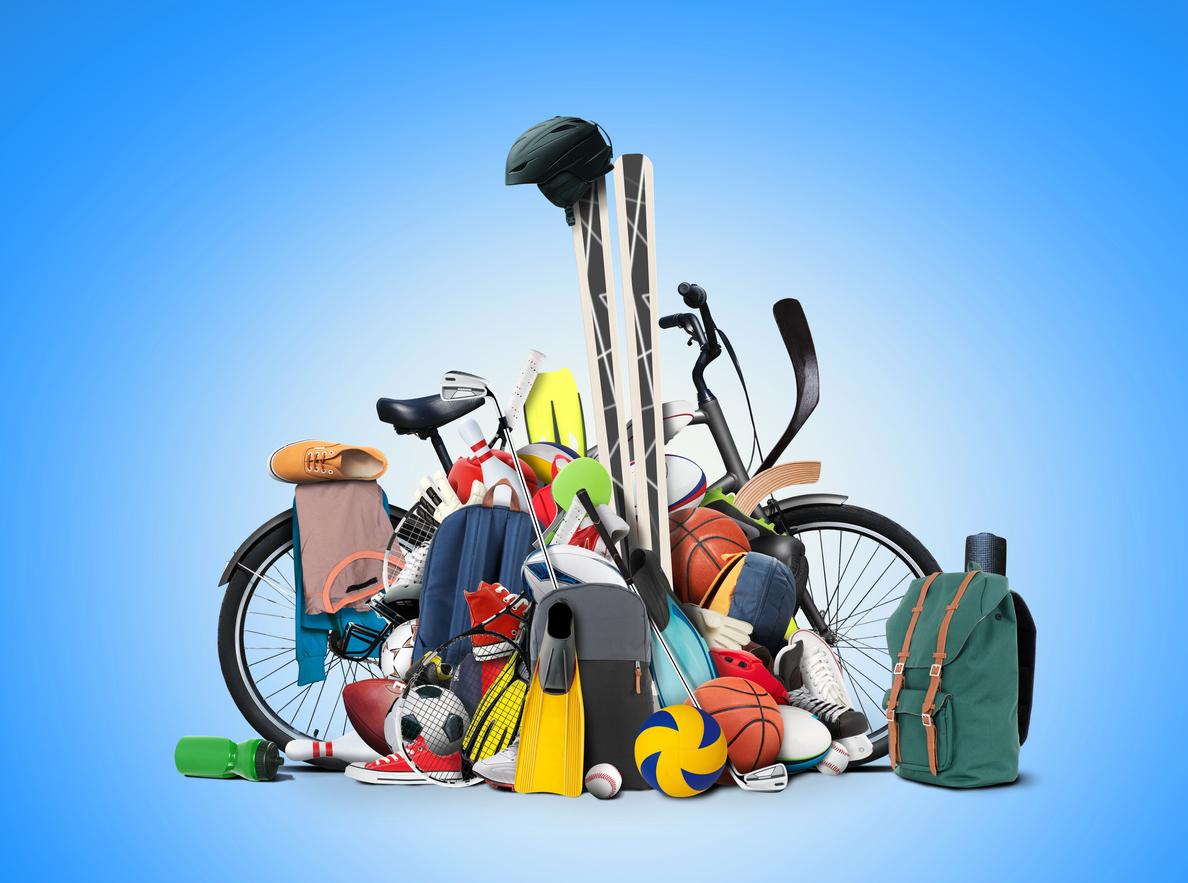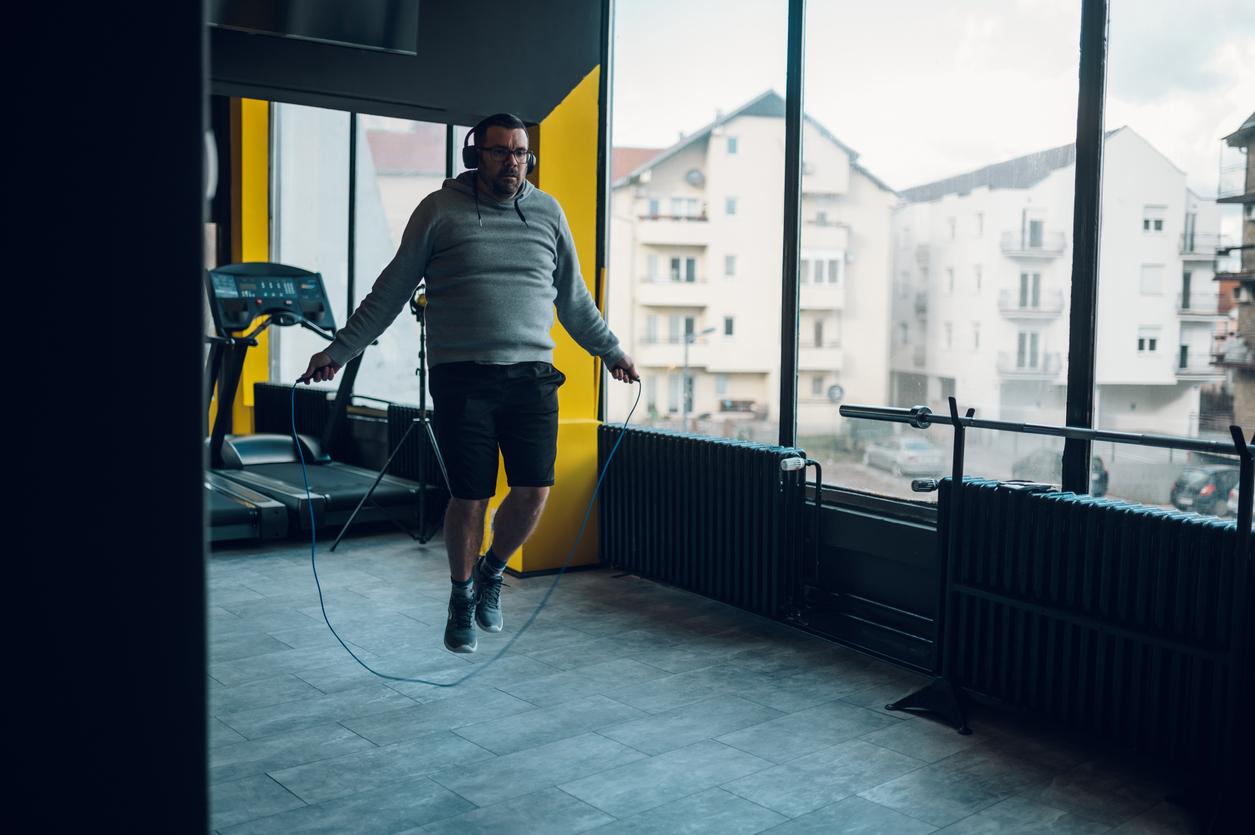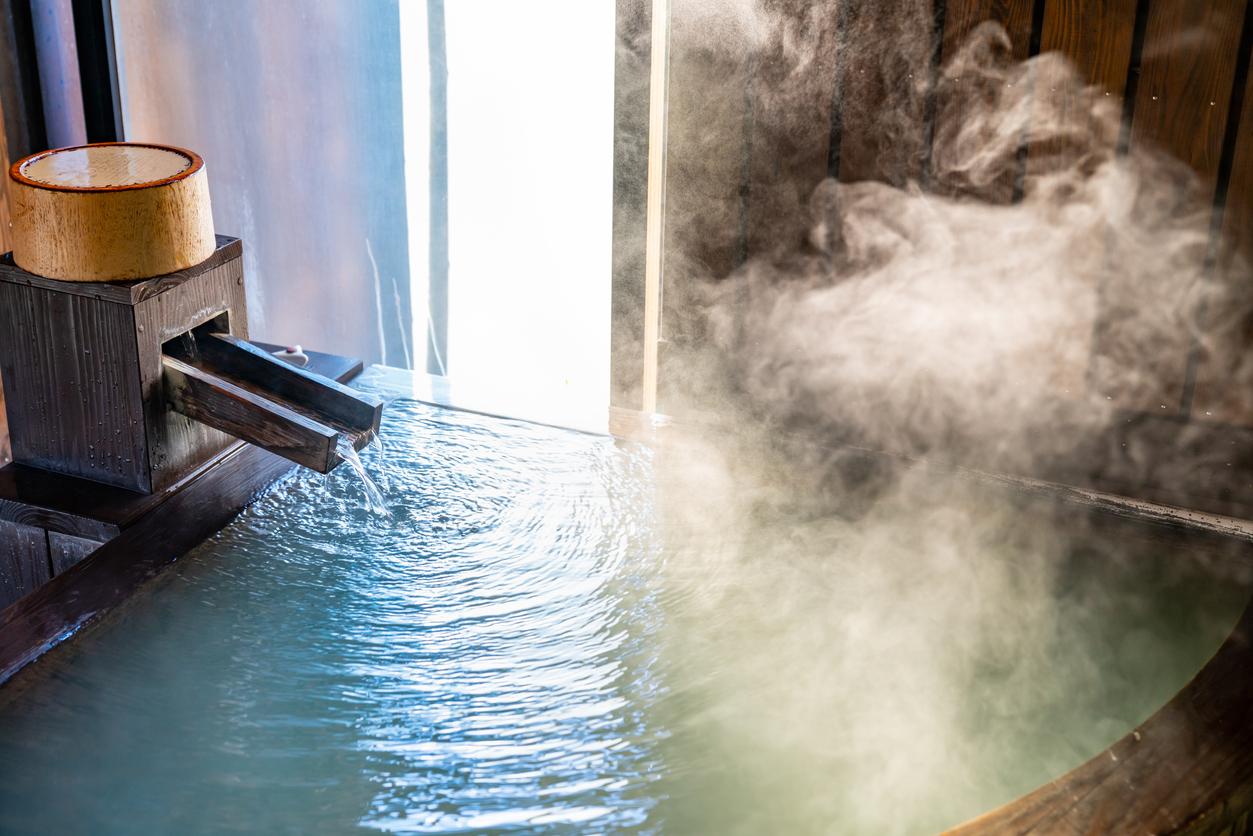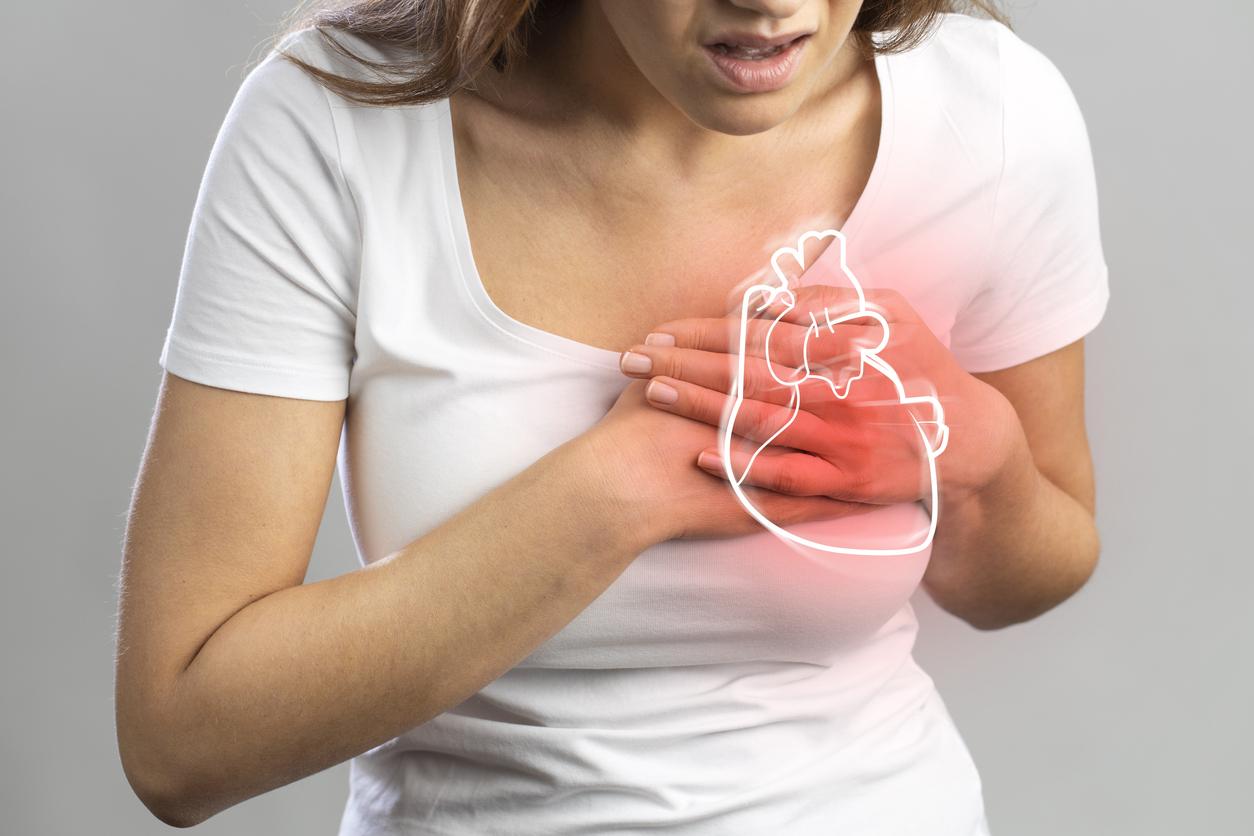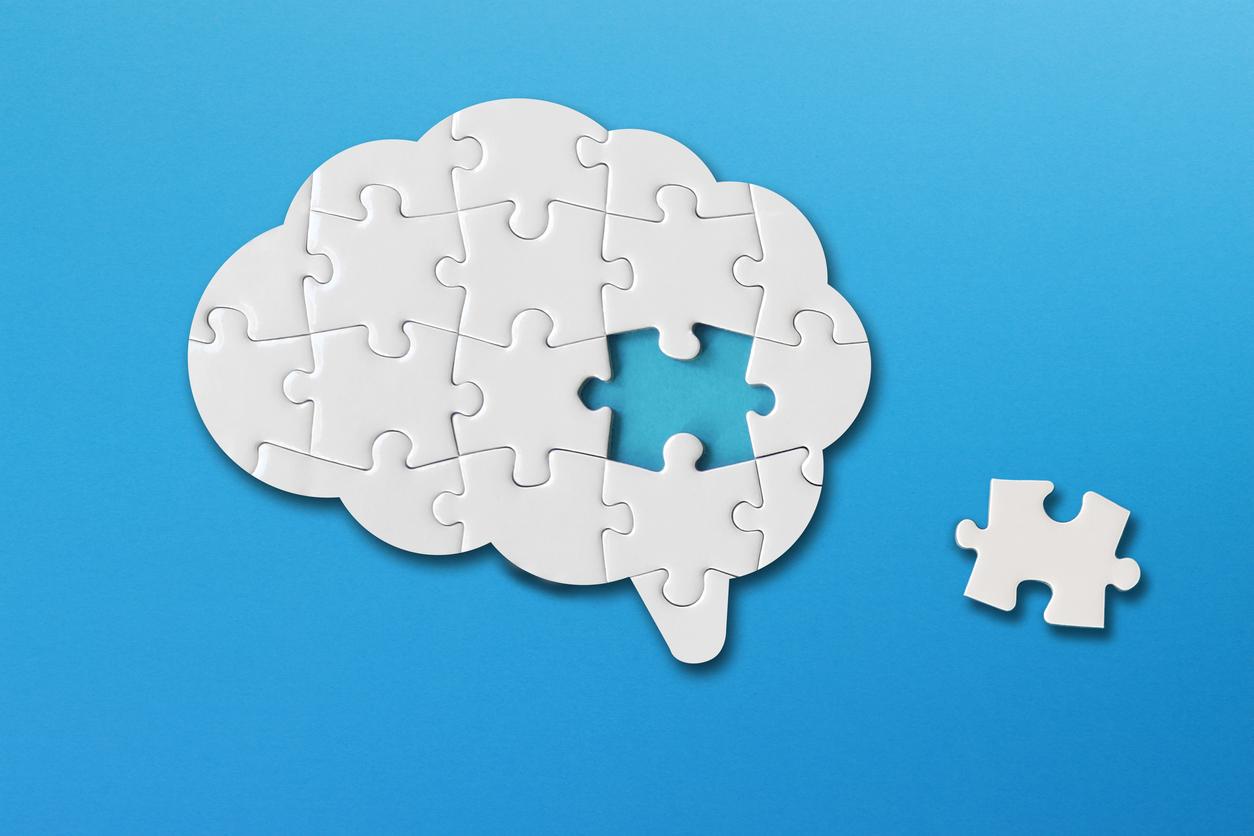The death of a young teenager during his training questions the effectiveness of medical certificates of fitness for sport.

The tragedy which struck the Saint-Exupery gymnasium in Villeneuve-Saint-Georges (Val-de-Marne) shocked the members of the city’s basketball club. Noa, 12, collapsed in training on Thursday evening. When the doctor of the Samu arrived on the spot, he could only note the death of the teenager, around 8:10 p.m., reports the Parisian.
The firefighters then took charge of his teammates, shocked to have witnessed the death of their friend. The reactions of other members of his club are multiplying on forums and social networks.
Rare accidents
It was not the first alarm. Within the week, Noa had apparently already suffered from a malaise, which had not prevented her from returning to train. However, cases of sudden death in sport are extremely rare.
“Fatal accidents during sports practice before the age of 35 are fortunately exceptional,” recalls for Why actor Prof. François Carré, cardiologist and sports doctor at Rennes University Hospital. It’s difficult to calculate precisely, but we estimate that they occur for one in 50,000 or 100,000. ”
Rhythm disturbances
Most often, death is caused by genetic or congenital diseases. Hypertrophic cardiomyopathies, which cause the heart muscle to thicken, and diseases that cause arrhythmias, are most often the cause of these sudden events.
“The birth defect of the coronary arteries poses major diagnostic problems for us,” adds Professor Carré. The arteries, which do not come from the right place, can be compressed when the heart beats very fast, and it is necessary to perform at least one cardiac ultrasound to detect it. “
Meet the Health Guest of Pourquoidocteur with Prof. François Carré,
broadcast on March 31, 2016
The medical visits in question
The tragic death of young Noa could revive the debate on compulsory medical certificates of fitness for sport. Until now, it was necessary to renew these certificates at each re-entry. But from now on, the medical examination will only be compulsory once every three years – except in the event of a change of sporting discipline, or for certain disciplines. In the intervening years, athletes will be able to content themselves with filling out a questionnaire.
The objective: to relieve the congestion of general practitioners’ offices in September, in order to allow them to carry out more comprehensive examinations. But Professor Carré regrets that an electrocardiogram is not requested during these visits. “A strictly normal electrocardiogram virtually eliminates all of these pathologies,” he explains. Without this, in a child, an interrogation can detect only 15% of cardiac abnormalities. “
In Noa’s case, the first discomfort should have alerted. “It is not always obvious in France, but I hope that an autopsy will be carried out, continues Professor Carré. On the one hand, because it would make it possible to know what happened, which could help in the detection of subsequent accidents, but also for any siblings, if the accident turned out to have been caused by a genetic disease. It has happened to see several accidents in the same family. “
Train coaches
At this stage of the investigation, the information does not specify whether the cardiac defibrillator of the gymnasium, the presence of which in each sports enclosure has been made compulsory, has been used, or could have been. “The defibrillator can only be used if the patient has a shockable rhythm disorder,” explains Prof. Carré. Unfortunately, not all sports clubs have someone who knows how to use it.
However, the device brings a real gain in terms of survival. A study has shown that the three cities best trained in rescue operations, Dijon (Côte-d’Or), Montbard (Côte-d’Or) and Lille (North) have a survival rate of nearly 50% during this kind of incident. In untrained towns, it is limited to between 3 and 7%.
“The population must be trained,” insists Professor Carré. We fight, as sports doctors and cardiologists, to ensure that all coaches, and at least one player from each team, are trained in first aid. And why not take out the defibrillator once a year, and study how it works, which is very simple. “
Using a cardiac defibrillator
The chances of survival during a cardiac incident in a sporting context are high, recalls Professor François Carré, cardiologist at the Rennes University Hospital. “It is very rare that ailments go unnoticed, because athletes are very rarely alone”. It is therefore a shame to deprive oneself of the knowledge of a simple procedure, which can save lives.
What then is the procedure to adopt in the event of heart failure? Call-massage-defibrillate are the three steps to take. You must call for help quickly, and start a cardiac massage immediately, in less than 3 minutes. Then the defibrillator can be used. “It is very easy to use,” assures Professor Carré. When the electrodes are placed on the victim’s chest, they detect a possible rhythm disturbance, the device makes the diagnosis automatically, and indicates whether the shock is necessary or not. “
.








